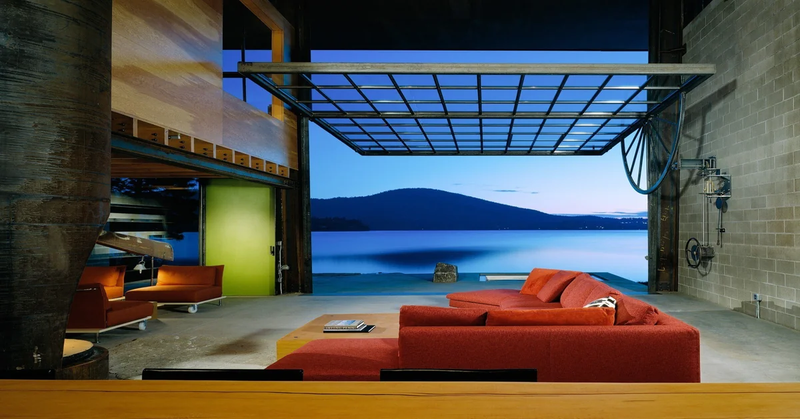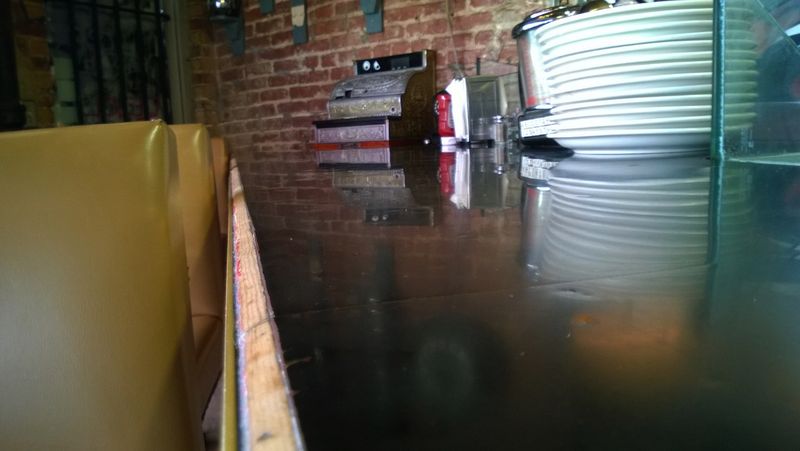I observe people trying to create businesses to get paid.
Substack, OnlyFans, Patreon, Twitch, etc.
Two things come to mind:
There are no more jobs, y’all. Everything is maxed out. People try to find new veins of gold, but there’s none anymore.
We’ve expensed everything. Every single market is absolutely saturated. Music, vegetables, solar panels, mobile pet groomers, online pussy, same. Even scamming is ultra-competitive and not worth it today!
Every market ends up the same: 10% of actors make 90% of profit and the other end which is 90% of us, makes close to nothing. That is completely unsustainable and unhealthy.
Everyone thinks “yeah but not me though” forgetting that we’re not living in a vacuum, and that they will be impacted (maybe massively) too, at some point, even if they’ve been absurdly lucky until now. Just wait for that L.
“Let us remember that the automatic machine… is the precise economic equivalent of slave labor. Any labor which competes with slave labor must accept the economic consequences of slave labor.”
Norbert Wiener – Wikipedia
We are competing with perfect automatic machines, perfect slaves (24/7 productivity, keeps learning constantly) at all levels, now. We don’t want to accept the economic consequences of that slave labor, but we’re in it. And it needs to fucking stop. It doesn’t have to be that way anymore.
When I talk to people about UBI, they get it but feel like that’s a stretch. Maybe later.
I feel like I’m the only one truly grasping the urgency these days. And it feels crazy because e-very-thing points at it being mandatory since the 2010s and forward. Let’s get it.






